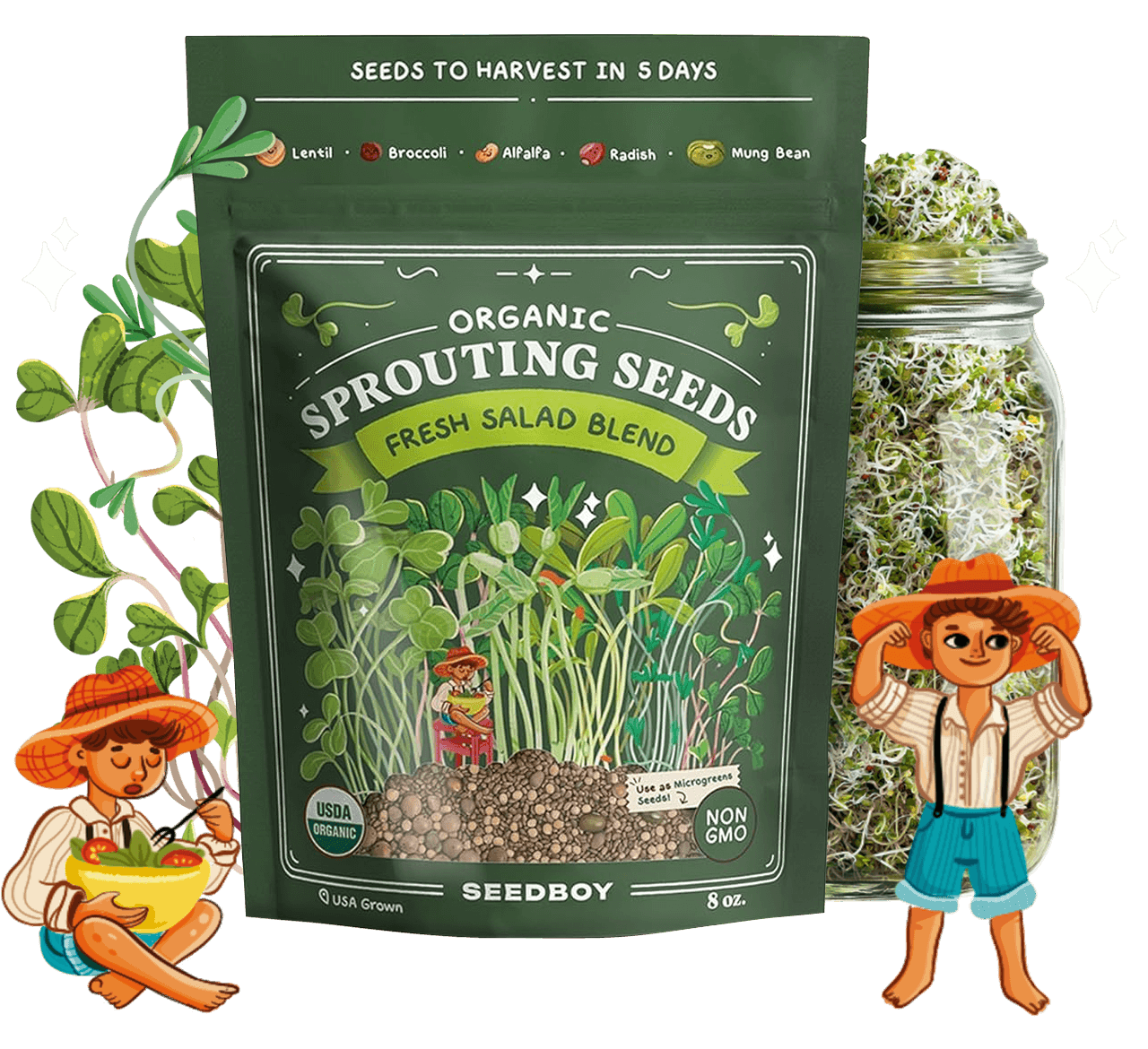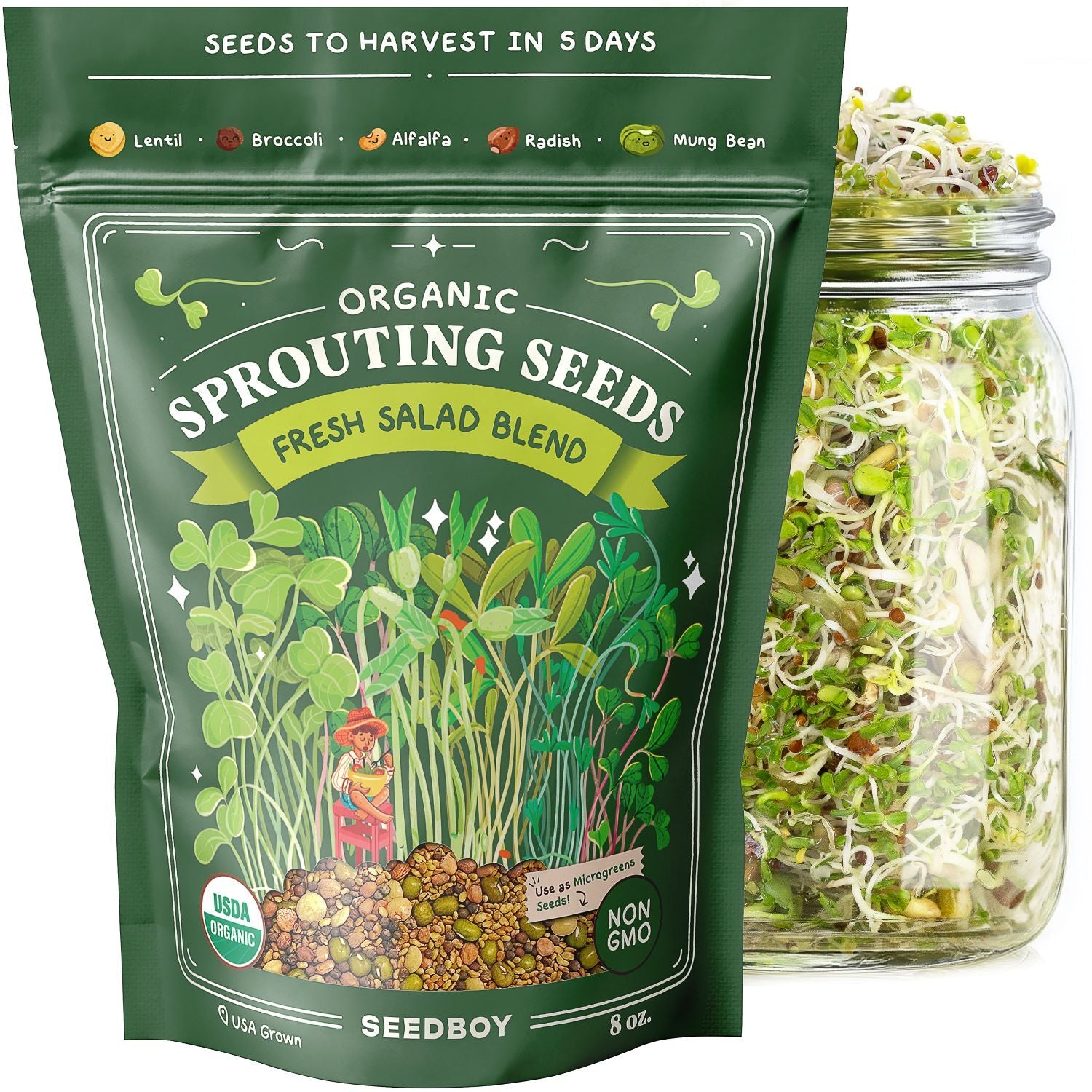
GROW GUIDE
Mammoth Grey Striped Sunflower
Helianthus annuus
Plant Description
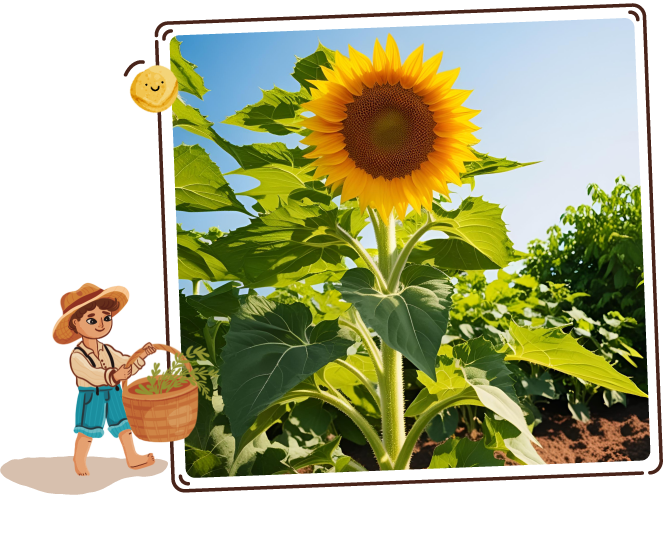
Mammoth Grey Striped Sunflower
A towering plant with large, golden-yellow blooms and broad, heart-shaped leaves, often reaching impressive heights.
This garden favorite, a symbol of warmth and joy, is admired for its vibrant color and striking appearance, making a cheerful addition to any landscape.
Quick Facts:
-

Sun Requirements
Full Sun
-

Days To Sprout
7-14 Days
-

Days To Harvest
70-100 Days
-
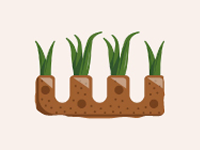
Plant Spacing
18-24"
-
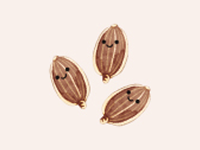
Seeds Per Hole
3
-
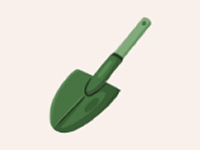
Planting Depth
1"
Best Planting Locations
-

Sunny Borders
Perfect for sun-loving plants, offering ample direct sunlight throughout the day.
-

Garden Beds
Provide plenty of space for deep roots, with good drainage and nutrient-rich soil.
-

Fences & Trellises
Supports tall growth, protecting against wind damage while allowing the plants to reach their full height.
-

Large Containers
Versatile option for patios, ensuring soil control and mobility while accommodating mammoth sunflowers’ extensive root systems.
Getting Started

-
1
Find the Spot
Mammoth sunflowers thrive in full sunlight and open spaces. Choose a sunny spot that gets 6 to 8 hours of direct light each day. They prefer well-draining soil and ample room to stretch out, as these giants can reach impressive heights.
-
2
Prep the Soil & Fertilizer
Use well-draining, nutrient-rich soil. Mammoth sunflowers thrive with plenty of organic matter, so mixing compost or aged manure into the soil before planting can help provide essential nutrients. For an extra boost, you can also apply a balanced, slow-release fertilizer, especially during the early stages of growth.
-
3
Plant the Seeds
Plant 3 sunflower seeds 1 inch deep in pots or directly in the ground. During germination, keep the soil evenly moist but avoid waterlogging, and place in full sunlight.
Maintain a soil temperature of 70° to 80°F for optimal germination.
Once seedlings have emerged, thin them to allow 18-24 inches between each plant, providing ample space for their tall stems and large flower heads to develop fully.
Good Neighbors:
-
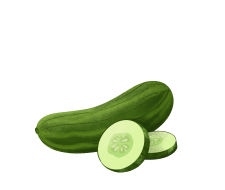
Cucumber:
Similar soil and watering needs; cucumbers can climb on sunflower stems
-
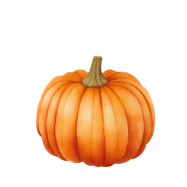
Pumpkin:
Large leaves shade out weeds and retain soil moisture for sunflowers
-

Marigold:
Can help repel pests and attract beneficial insects like ladybugs and lacewings
-

Peas:
Sunflowers provide support for climbing pea vines
Enemy Plants:
-
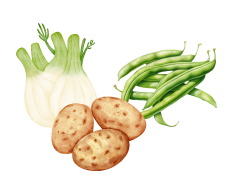
Potato, Fennel & Green Beans:
Sunflowers can inhibit their growth
Attractants:
-
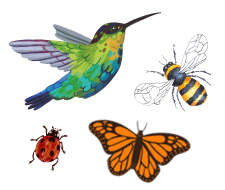
Bees, Butterflies, Hummingbirds & Ladybugs
Attracted to the pollin-rich blooms
Repellents:
-
No known repellents
Best Time to Plant
USDA Hardiness Zones
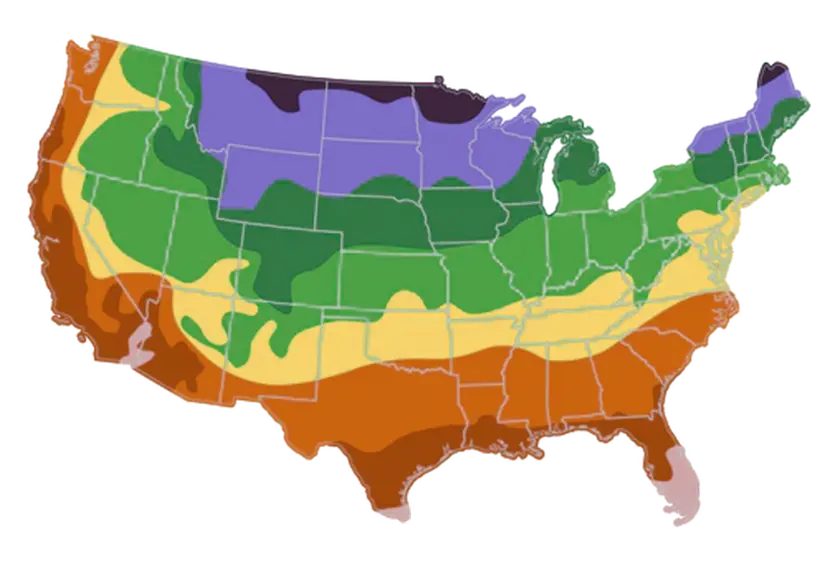

Day to Day Maintenance
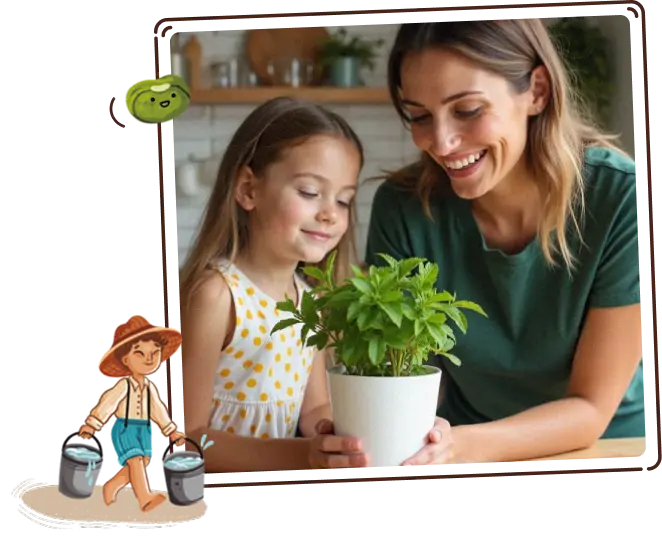
-
Watering
Water sunflowers deeply, but allow the soil to dry slightly between waterings to promote deeper roots. These sunflowers prefer well-drained soil and can tolerate dry periods but avoid keeping the soil waterlogged. Water at the base of the plant to prevent wetting the leaves, as this reduces the risk of mildew and other fungal issues.
-
Support
As mammoth grey sunflowers grow tall, they may require staking or support, especially in windy conditions. Install stakes or garden ties early on to avoid damaging the roots later. Ensure supports are sturdy enough to handle the plant's mature height and weight.
The Harvest
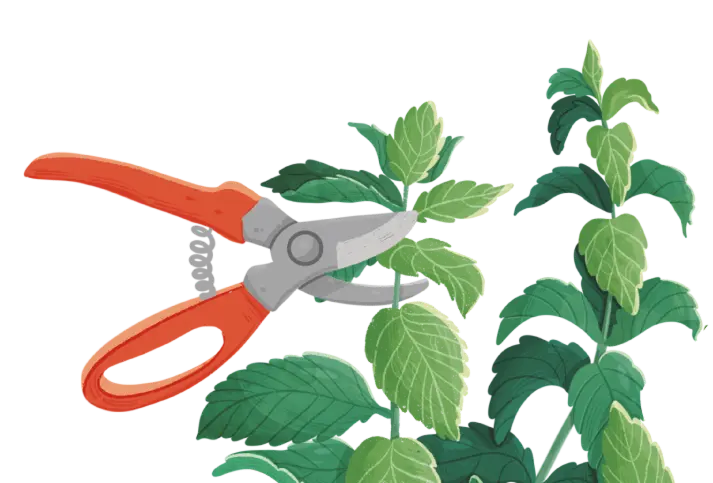
-
Arrangements
Cut sunflowers for arrangements when they are just beginning to open or have recently bloomed. This ensures a longer vase life and allows the blooms to fully open indoors.
-
Seed Harvesting
As the heads ripen, they will drop their petals; the back of the head will turn from green to brown, and the seeds will develop a hard coating. Cut the stalk about one foot below the flower head with sharp scissors or pruners. Scrape the seeds into a container or hold the seed head over a bowl and rub your hands across the seeds.
Favorite Uses
-
Bouquets
-

Trail Mix
-
Garnish
-
Bird Food

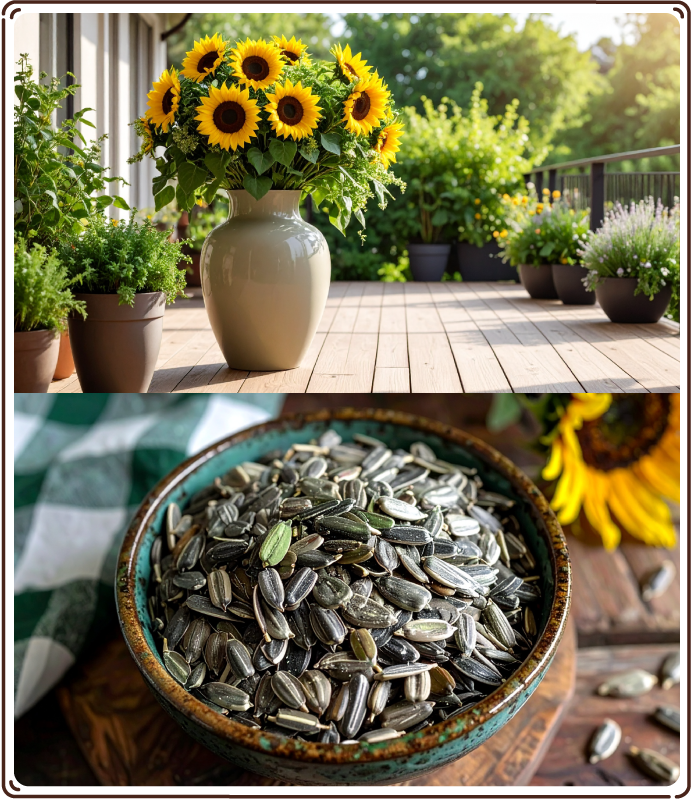
How to Store
-
Room Temperature
Duration: 5-10 days
Location: Keep on a countertop away from direct sunlight
Method: Trim the stems of the sunflowers and place them in a clean jar or vase with an inch of water. Keep the water level low to hydrate only the base of the stems, which prevents rot. Change the water daily to keep it fresh.
-

Refrigeration
Duration: 5-10 days
Location: Store in the refrigerator
Method: Trim the stems of the sunflowers and place them in a clean jar or vase with an inch of water. Keep the water level low to hydrate only the base of the stems, avoiding rot. Change the water every 24 hours to preserve the flowers longer in the cooler temperature.
-
Drying for Seed Harvesting
Duration: Up to 2 years
Location: Airy spot away from sunlight for drying; cool, dark area for seed storage
Method: Cut flower heads when they are brown and dry. Allow the heads to air dry fully, then rub to release seeds. Thoroughly dry seeds, then store in paper or cloth bags, labeled with variety and harvest date, to maintain freshness.
-
Drying for Flower Preservation
Duration: One year
Location: Warm, dry area with good ventilation, away from direct sunlight
Method: Cut the flowers, leaving a few inches of stem, and hang them upside down in small bunches. Allow them to air dry completely for a few weeks until the flowers feel crisp to the touch, perfect for use in decorative arrangements.
Fun Facts

-
Towering Giants
Mammoth grey stripe sunflowers can grow up to 12 feet tall, making them one of the tallest varieties of sunflowers in the world, perfect for creating a stunning garden display.
-
Sun Worshippers
Sunflowers are known for their "sun-following" behavior, where their large blossoms tilt throughout the day to face the sun, a phenomenon called heliotropism.
-
Birds' Favorite Snack
Sunflower seeds are a favorite treat for birds. Their large, nutrient-packed seeds attract a variety of bird species, from sparrows to finches.
Subscribe to our Newsletter: "The Small Garden Chronicles"
Where curious growers gather for garden inspiration.
